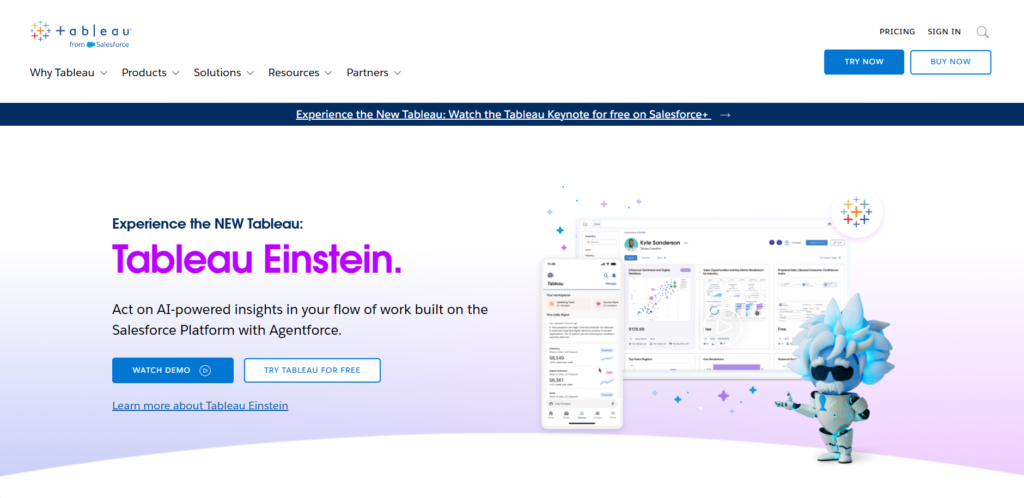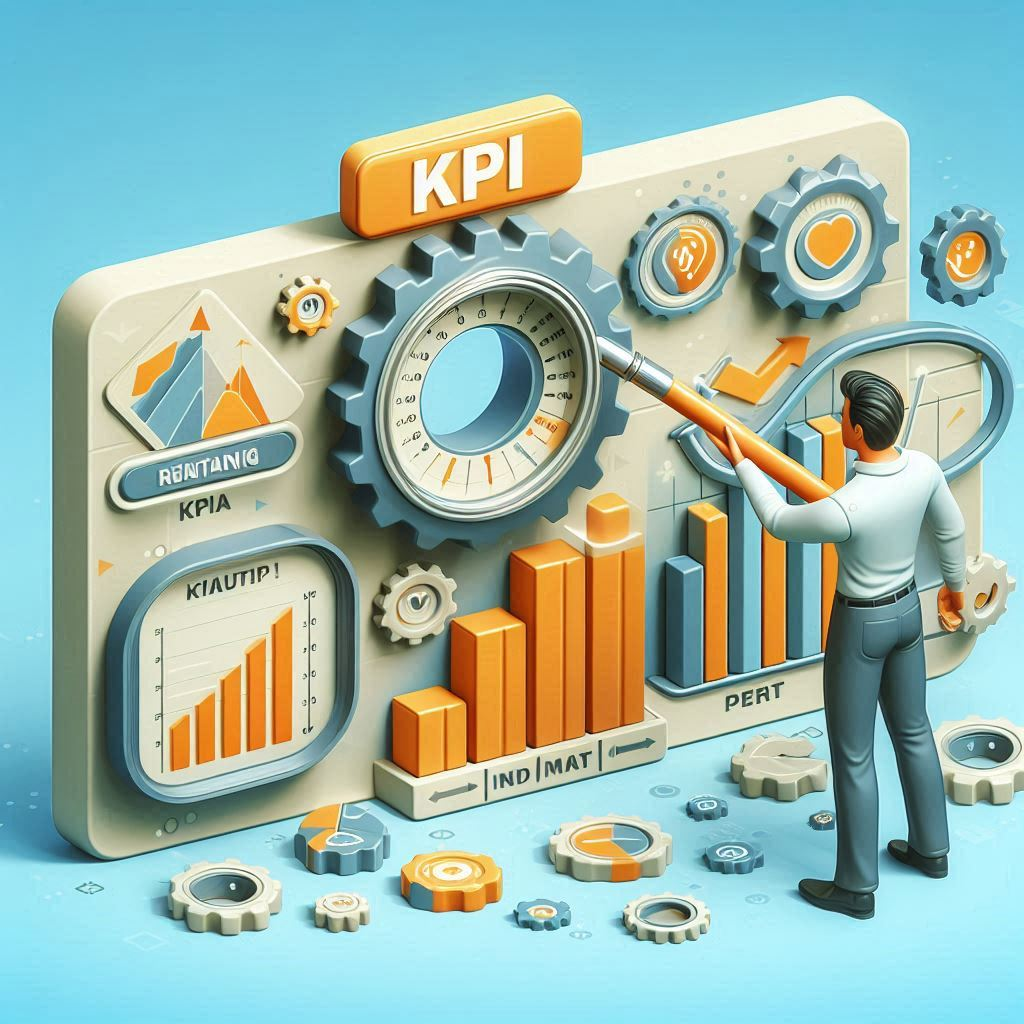
AI technology is reshaping how entrepreneurs run businesses. And small businesses are no exception. So, it’s time to adopt AI to boost efficiency, cut costs, and retain customers. But how to develop an AI strategy that sets you up for success?
Building an AI strategy is more than just picking a few AI tools. You need a well-rounded strategy. It should align with your business goals and help you grow your business.
Table of Contents
ToggleWhy Small Businesses Need AI
Small businesses that leverage AI can greatly benefit from it.
You can automate repetitive processes to save time. This will give your team more time to focus on strategic activities. Also, it can boost efficiency.
Now it’s easy to automate customer support chats via chatbots. These chatbots can answer common queries and guide customers. So, these AI tools can improve customer experience.
I recently decided to buy a Bitdefender antivirus product. Their chat support got my attention. The automated chatbot quickly answered my questions and helped me solve payment issues. On the other hand, if the company didn’t use chatbots, I might have had to wait for hours to get a response.

These AI systems are helping small businesses bring down operational costs. By automating tasks, businesses don’t need to hire more staff members. So, they can scale without extra cost.
Further, AI-based systems can quickly analyze vast amounts of data. They can provide valuable insights through accurate data processing. You can use these insights to make better decisions. For instance, it can help you identify trends, forecast demand, and optimize pricing.
How to Develop an AI Strategy: Steps
Do you want to build a successful AI strategy?
Developing an effective AI strategy for business involves multiple key steps. Here’s a step-by-step guide to help you create a solid strategy:
Align AI with Core Business Goals
Ready to dive into AI technology? First, it’s crucial to ensure that your AI initiatives align with your core business goals. In other words, you shouldn’t use AI as a standalone project. Instead, it should serve as a tool to enhance your existing business strategy.
So, identify the areas where Artificial Intelligence (AI) can have the most impact. You may want to improve efficiency, increase customer loyalty, or grow sales. Now, link AI to these goals.
Let’s say, your goal is to improve customer retention. Then you’d need AI solutions that analyze customer feedback. With this information, you can identify areas of improvement and thereby, gain customer’s trust.

So, align AI with your long-term business objectives. This way, you can ensure that investing in AI technology brings lasting results.
Assess Your Current AI Capabilities
Next, assess your existing AI capabilities.
Does your team already use some AI tools? Or are you starting from scratch? Is there a proper technology infrastructure in place? Which technologies are used by your business? How do you store and manage data? Do you have a team of experienced data scientists?
Adopting AI requires a thorough analysis of your current AI capacity. It helps you understand where you stand. And you can identify any gaps that you must address before proceeding.
For example, you may need to invest in cloud computing resources. Or you may not have a team of AI experts. So, you may need to hire more staff or train your current employees.
So, a thorough assessment can help you plan better and avoid potential roadblocks.
Develop Data Strategy
When it comes to AI adoption, data is the lifeblood. So, start by identifying the most valuable data for your business.
You may want to focus on customer behavior, website traffic, product performance, or sales data. This data will be used for training AI systems. But you need to decide how and where you will store this data.

Make sure your data is secure and safe from unauthorized personnel. You can implement firewalls to protect data. Aside from data security, pay attention to accessibility. You can store data in cloud platforms to ensure it’s easily accessible.
Further, the quality of data decides the performance of AI tools. So, data shouldn’t be incomplete or inconsistent. Thus, it may be a good idea to invest in a data management system. It will help you clean and organize data. If data is limited or skewed, the results can be biased. Effective data management gives access to diverse datasets, which reduces the risk of bias.
Lastly, don’t forget scalability. You may start small. But your business can grow with time, and so will the data. So, your data strategy should be scalable. This will make it easier to manage data down the road.
Identify Suitable AI Solutions
Now you have a clear understanding of your data and business needs. Thus, the next stage in successful AI strategy development is choosing the right AI tools.
For this purpose, you need to know your business needs. Do you want to automate customer chat & support? Then you can look into Zoho Desk. For improving marketing, HubSpot’s AI-driven CRM can work for you. As for data analysis tools, you may prefer Tableau or Google Analytics.

Also, you need to choose between off-the-shelf and custom AI tools. Custom AI apps cater to specific business needs and are expensive. So, small business owners often prefer ready-made AI tools. These are affordable and easier to implement.
Finally, evaluate the scalability of tools. Choose AI tools that can grow with your business. As your business grows, it should be able to accommodate your needs. Also, the cost of upgrading the tools should be affordable.
Set Clear KPIs
Your AI strategy should include clear KPIs. Without Key Performance Indicators, you can’t gauge if AI tools are actually helping you with business growth.
First, identify metrics that are crucial for your business. You may need to focus more on customer conversion rate, cart abandonment rate on your website, or cost of customer acquisition. Then set short-term and long-term KPIs to analyze the impact of AI in the future.
Here are some KPI examples:
- Goal: Reduce cart abandonment rate
KPI: Decrease cart abandonment rates by 12% within the next three months by optimizing the checkout process with AI-driven insights. - Goal: Improve Customer retention rate
KPI: Increase repeat purchases by 10% within three months using AI-based personalized email marketing campaigns. - Goal: Improve Inventory Management
KPI: Reduce stock-outs by 20% within the next quarter with the help of demand forecasting AI tools. - Goal: Boost social media marketing performance
KPI: Increase social media click-through rates by 15% within six months by utilizing AI to optimize content and posting schedules. - Goal: Reduce Customer Churn
KPI: Cut down churn rates by 8% within six months using AI-driven customer behavior analysis to address dissatisfaction.
Be realistic about the KPIs. Set realistic goals that are achievable for your team and the chosen AI tools.

Build a Cross-Functional Team
To develop and implement a strategy for AI, you need a team. AI decisions impact multiple areas of a business. So, it’s best to build a cross-functional team.
A diverse group of professionals helps you leverage different perspectives and skills. Thus, you need experts from different fields. This may include IT, marketing, sales, data sciences, finance, and more areas.
With this approach, you can consider all aspects of your business. It will be easier to accommodate the needs of different departments and address their concerns. As a result, you can avoid resistance against technology adoption.
When building your team, create a balance between technical expertise and business understanding. AI specialists can develop algorithms for machine learning. While business leaders can ensure that AI projects align with company goals.

Implementing and Monitoring AI Strategy
Now, do you know how to develop an AI strategy? Then the next critical step is its implementation.
Your goal is to unlock real business opportunities. So, choose AI use cases that align with your goal. It’s not a good idea to implement everything at once. Instead, start by focusing on a few key areas.
For example, you may want to automate your email marketing first. So, you can build and manage your email list via AI tools. You can also use generative AI to create newsletters and other email campaigns. Then sending out these emails to the target audience at the right time can also be managed with the help of AI.
The process doesn’t stop when AI tools are in place. It’s important to track the performance. This is when your defined KPIs will be helpful. You can find out if your strategy is bringing results. Then you can modify the strategy, as needed, based on performance.
